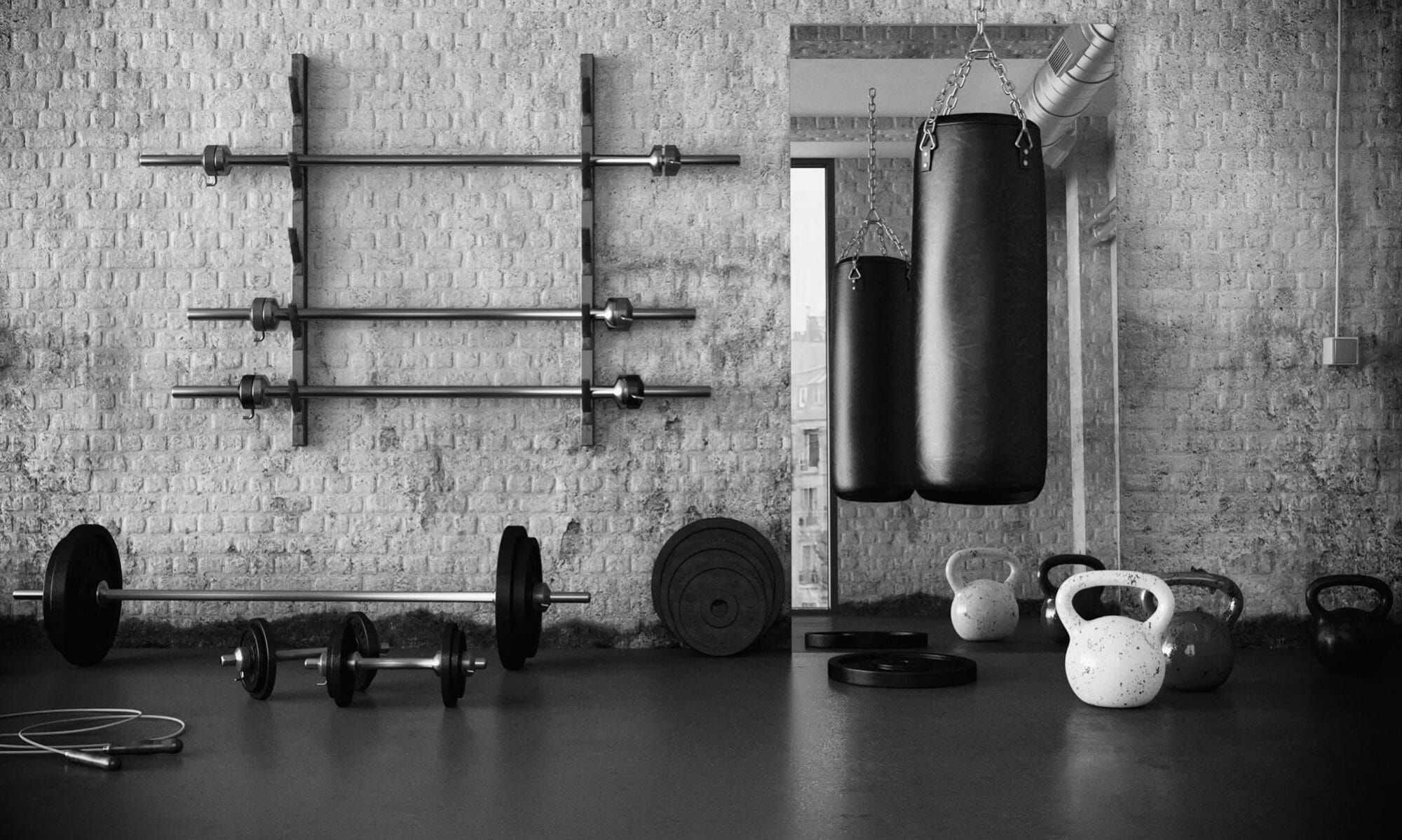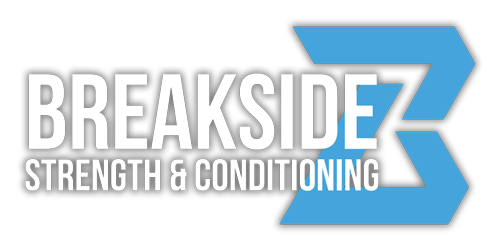
As the athleticism in ultimate has continued to expand, more players than ever are adding off-field training to their repertoire. That’s a great development for the sport: a proper strength and conditioning program will develop speed, explosiveness, power, and resistance to injury. However, there are still some stubborn misconceptions about optimal training for ultimate. Let’s break them down.
1. Lifting weights will make me bulky and slow.
I’m glad to say that this myth is a lot less prevalent now than it was a few years ago, but there are still a lot of players who avoid the weight room because of this idea. It couldn’t be further from the truth.
While it is possible for a poorly designed weight training protocol (like a bodybuilding program designed to build mass) to hurt on-field performance, any program that focuses on developing strength, speed, and power is going to have huge benefits for expressing athleticism.
Most ultimate players (including many elite ones!) are leaving a lot on the table by not developing the engines (muscles) that drive performance. Improving the ability to put force into the ground — which is what sport-focused resistance and speed training is designed to do — is how you get faster, more agile, and more explosive.
Don’t fear the barbell! Starting on a program at Breakside Strength & Conditioning will give you a protocol for workouts no matter your level of experience.
2. Weight training needs to mirror what I do on the ultimate field.
Ultimate players always want to know how an exercise relates to a specific component of playing the sport. It is admittedly an appealing idea — that we could just throw heavy frisbees and do jump squats to throw further and jump higher.
But it really doesn’t work that way. Our goal in the gym is to develop overall strength while maintaining good posture, balance, and coordination. That’s what translates into improved expression of athleticism on the field.
Even though we’re never going to pick up a heavy object off the ground in an ultimate game, the deadlift is a vital posterior chain (back body muscles, like hamstrings and glutes) developer, and a stronger posterior chain will make you faster.
Don’t misunderstand: we still need to train the systems that are required for ultimate. We’re not going to start running slow five mile jogs in the middle of the season. But you get better at ultimate by playing ultimate. You get stronger and faster in the gym. Don’t conflate the two.
3. Ultimate is a high volume sport, so training should be high volume too.
Have you ever done SNERTZ? Or something like it? 200 bodyweight lunges? A long, grueling workout with a zillion different exercises designed to make you feel really damn tired?
Workouts like that will succeed in getting you tired, but it will often be a big waste of time. You can do a lot better with more thoughtful programming.
There is definitely a time and a place for intense conditioning. Improving the endurance necessary for an ultimate game or tournament is part of the sport; we can’t just be fast for 10 seconds like a sprinter.
But not everything needs to be exhausting and high volume. Speed and power workouts should feature short sets and a lot of rest, so that you can really give a max effort. Strength-focused lifting is done with low reps.
Good workouts don’t always feel hard. Some days, you’ll honestly feel pretty fresh after your workout. Don’t assume that draining = good. Getting a proper balance of volume and rest is vital for improvement.
Get access to research-driven ultimate training when you sign up for a program with Breakside Strength and Conditioning!

